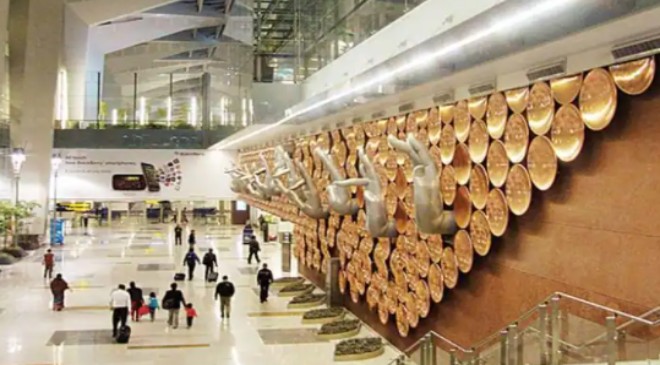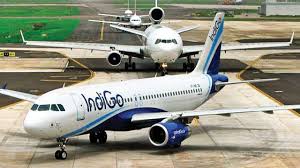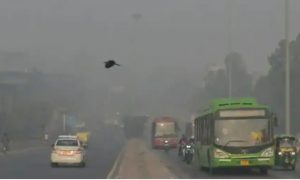Afull emergency was declared at Delhi’s Indira Gandhi International Airport on Saturday afternoon after a Dubai-bound FedEx aircraft suffered a bird-hit.
Also Read– Bhopal-New Delhi Vande Bharat Express To Be Launched Today: Check Timings, Route, Fares
Last month, a bird strike incident forced an Air Asia flight, en rounte to Pune, to make an emergency landing at the Biju Patnaik International Airport in Bhubaneswar. The plane suffered a bird hit soon after taking off from the airport.
Also Read- Delhi Govt Schools To Organise ‘Shramdaan Hour’ Every Month; Details Here
In October last year, an Akasa Air plane flying from Ahmedabad to Delhi hit a bird, which caused sustained radome damage. According to the Directorate General of Civil Aviation (DGCA), the Boeing 737 Max 8 aircraft sustained radome damage as a result of the bird strike at 1,900 feet. Earlier that day, on October 15, a bird struck a Mumbai-Bengaluru Akasa Air flight.
Also read- Delhi govt says subsidy on electricity to continue till March 31 next year
A radome is a body part attached to an airplane’s nose-mounted radar that is often referred to as the plane’s nose due to its conical shape. However, in addition to offering protection, it enables the radar to receive electromagnetic signals without distortion.
On the other hand, a bird strike is often referred to as bird ingestion, bird hit, or Bird Aircraft Strike Hazard (BASH). It happens when an airborne animal – such as a bird or a bat – hits an airplane in flight.
Usually, events of bird strikes happen when an aircraft is flying at a low altitude, primarily during take-offs or landings. It is because these aerial animals generally fly at low heights. However, it is not to say that bird strikes don’t happen at higher altitudes, as the world record for a bird hit at the highest altitude was 11.3 kilometers above the ground.
Read More: SBI Credit Card Charges: New Changes to Know About in March 2023
Animal and bird strikes have become a common phenomenon at Indian airports, but the number of incidents has increased significantly this year compared to last. This is primarily due to increased air traffic, but inadequate infrastructure and poor waste management in several cities also play a significant role.





































